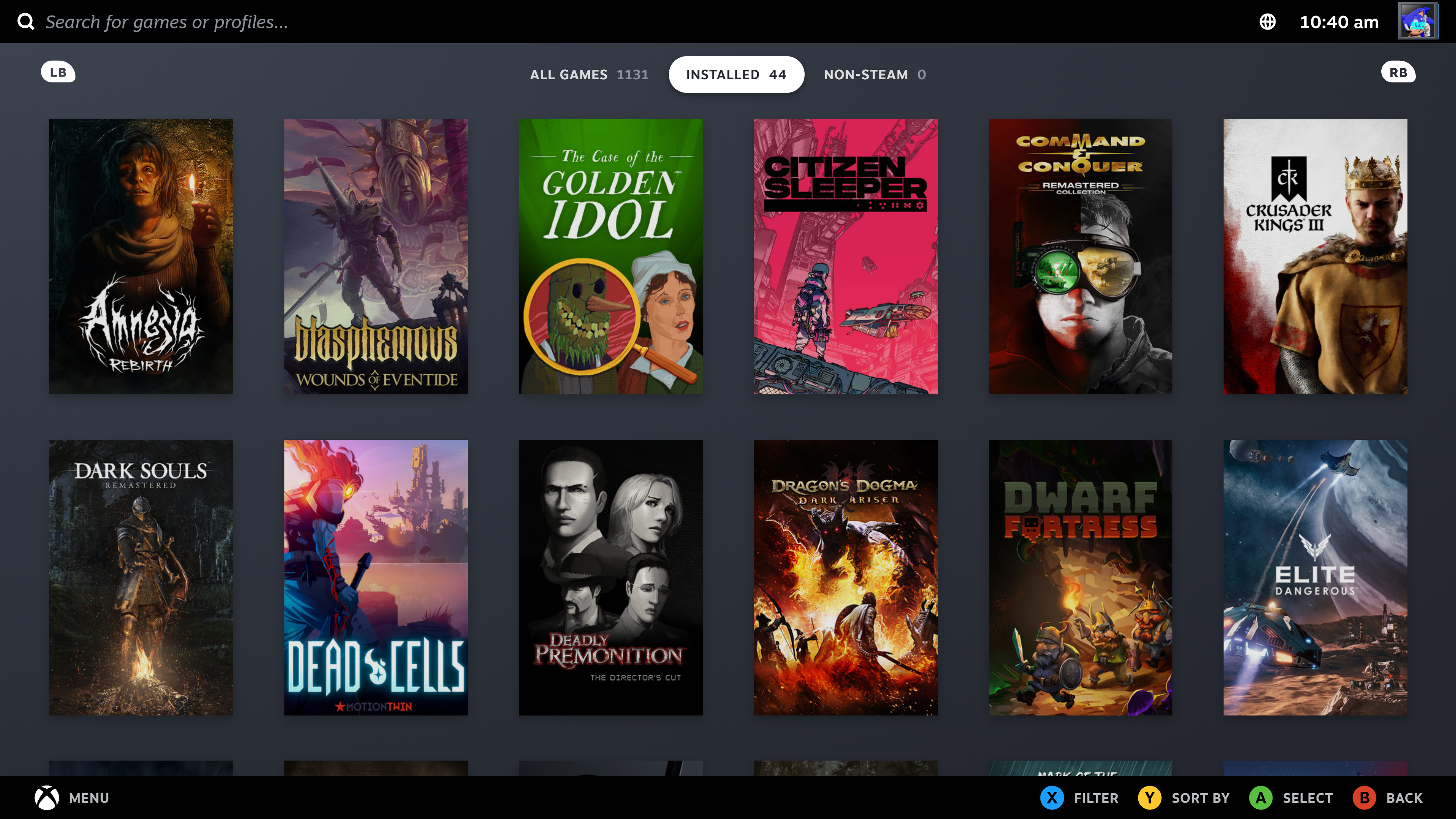What Makes a Game Truly "Big" in Today's Market?
The definition of a "big game" encompasses multiple dimensions that go far beyond simple file size or budget. A truly big game combines massive scope with exceptional quality, featuring expansive worlds that players can explore for hundreds of hours while maintaining consistent engagement and discovery. These games often feature complex narrative structures, multiple gameplay systems, and extensive customization options that allow each player to create their unique experience.
Production value plays a crucial role in defining big games, with top-tier titles featuring Hollywood-quality voice acting, orchestral soundtracks, and cutting-edge graphics that push the boundaries of current technology. The development teams behind these projects often include hundreds of professionals working across multiple disciplines, from game design and programming to art creation and quality assurance.
Community engagement and longevity are equally important factors. Big games typically feature robust multiplayer components, regular content updates, and active developer-community communication that keeps players engaged long after the initial release. The most successful big games create ecosystems where players can interact, compete, collaborate, and share their experiences across various platforms and social media channels.



